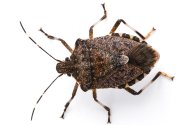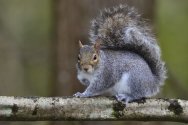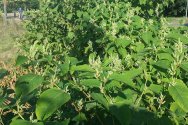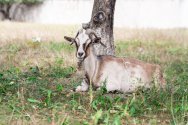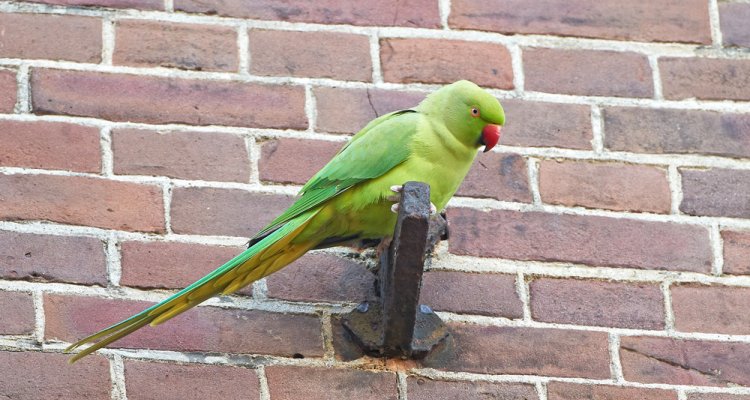
Dossier
Exotic species in the Netherlands
Exotic species, also known as alien or introduced species, are animals, plants, fungi or micro-organisms imported through human activity into an area where they do not originally occur, but where they proceed to thrive. Species which were introduced to the Netherlands before the year 1500, such as the rabbit, the pheasant and the mute swan, do not count and are considered indigenous.
Exotic species are sometimes introduced deliberately. An example is the multicoloured Asian ladybird, released in Europe 20 years ago to combat aphids. Pheasants and fallow deer were once released as hunting game. And every year hundreds of turtles and pond perch are released into Dutch watercourses when their owners have had enough of them.
But a lot of species get introduced by accident. Sometimes pets or ornamental animals escape from captivity, as did the Egyptian goose, the Pallas’s squirrel and the Italian crested newt. Marine creatures such as the Chinese mitten crab are brought in with ballast water from ships; the tiger mosquito hitches a ride on tropical plants. And since a canal was dug between the Rhine and Danube 20 years ago, fish species from the Danube watershed, such as the round goby and the money goby, have been able to reach our waters.
There is another category of newcomers that we do not count as exotic: species such as the great egret, whose habitat is shifting as a result of climate change. They are counted in the same category as the lynx, wildcat, wolf and perhaps the golden jackal: animals that settle here of their own accord.
Species monitoring through eDNA
With the help of environmental DNA (eDNA), researchers can demonstrate the presence of animal species, for example based on water samples.
Publications
-
Atlas Critical Tourism Studies - Asia Pacific Tourism (Event)
-
How is knowledge production and use practiced in transdisciplinary research collaboration? Examining routines for water transformation
-
Data underlying the publication "Nile crocodiles in Lake Nasser, Egypt, are found close to fishermen’s camps indicating potential conflicts"
-
From fibers to flowering to metabolites: unlocking hemp (Cannabis sativa) potential with the guidance of novel discoveries and tools
Journal of Experimental Botany (2025), Volume: 76, Issue: 1 - ISSN 0022-0957 - p. 109-123. -
Towards autonomous greenhouse crop production: virtual environment development, AI training and configuration
Wageningen University. Promotor(en): Leo F.M. Marcelis, co-promotor(en): Ep Heuvelink, Qingzhi Liu, T. Qian - Wageningen: Wageningen University - ISBN: 9789465104119 -
Landgoed De Lieskamp in bloei : Het versterken van de biodiversiteit
Wageningen: Wetenschapswinkel Wageningen (Rapport / Wageningen Wetenschapswinkel 409) -
Integrating UAV-based LiDAR and 3D computer vision to enhance cattle growth monitoring in precision livestock farming
Wageningen University. Promotor(en): Lammert Kooistra, Wensheng Wang, co-promotor(en): Caspar Alexander Mücher - Wageningen: Wageningen University - ISBN: 9789465104041 -
Can Arms Embargoes Stop the Weapon Transfers to Target States? An Exploratory Meta-Analysis
Defence and Peace Economics (2025), Volume: 36, Issue: 1 - ISSN 1024-2694 - p. 36-59. -
Contained Redistribution: The Technopolitics of Plastic Burning
Science Technology and Human Values (2025), Volume: 50, Issue: 1 - ISSN 0162-2439 - p. 197-227. -
Dataset underlying the study "Observations of Estuarine Salt Intrusion Dynamics During a Prolonged Drought Event in the Rhine-Meuse Delta"

